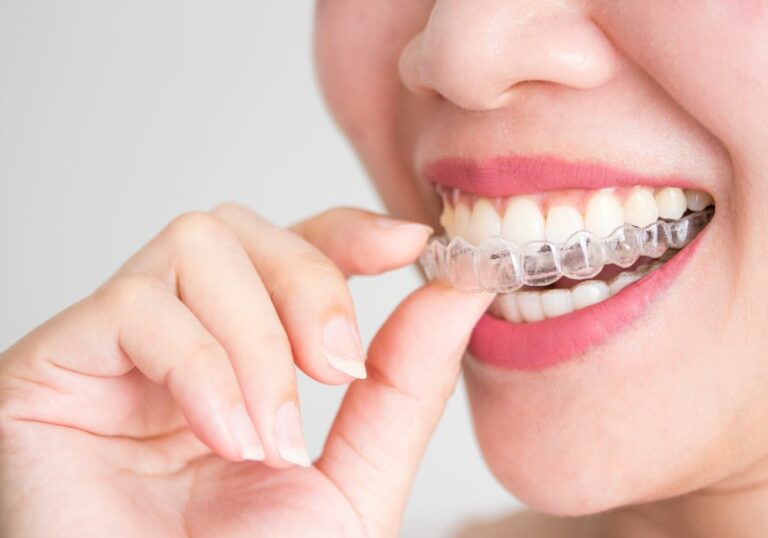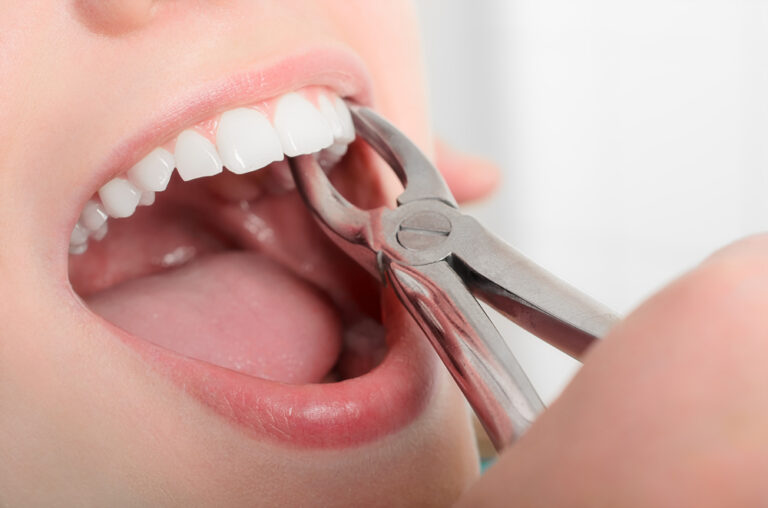Tooth gems are tiny decorative shapes or jewels that are temporarily adhered to the teeth for aesthetic purposes. They can be clear crystals, colorful shapes, or metal charms. Tooth gems have become a popular dental accessory, especially among teens and young adults who want to add some sparkle to their smiles. While fun, it’s extremely important to use a safe, non-toxic adhesive when applying tooth gems. Substances like nail glue that contain chemicals not intended for oral use could potentially damage tooth enamel. This comprehensive article will examine the differences between dental adhesives and nail glue, risks of using nail glue for tooth gems, proper application and removal techniques, professional services, and safety precautions to take.
Key Differences: Dental Adhesive vs Nail Glue
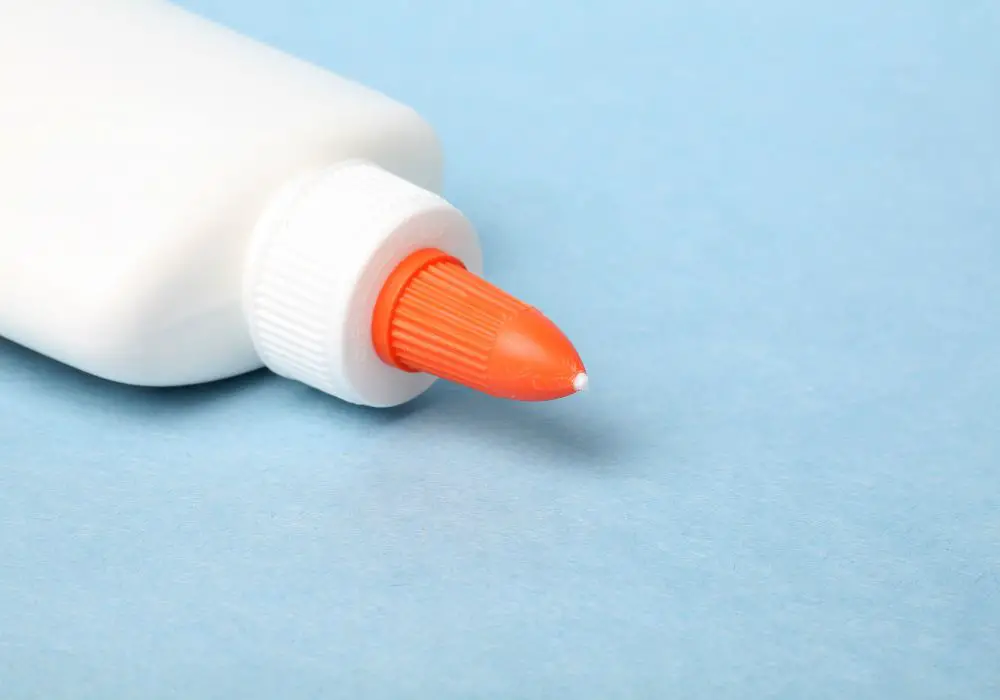
There are several crucial differences between using a specialized dental adhesive formulated for tooth gems versus relying on regular nail glue that make the dental products much safer choices.
Ingredients and Toxicity
Dental adhesives designed for direct application onto tooth surfaces must be non-toxic and free of chemicals that could be hazardous if ingested or could irritate or damage oral tissues. Typical ingredients in dental adhesives include compounds like hydroxyethyl methacrylate (HEMA) and tetrahydrofurfuryl cyclohexene dimethacrylate which safely form bonds with enamel.
On the other hand, nail glue contains ingredients like ethyl cyanoacrylate, an acrylic resin that helps it strongly adhere to keratin in nails. This chemical could potentially burn or irritate gum tissues or the tongue if applied in the mouth. Nail glue also contains other compounds and polymers not designed or approved for use on human teeth. Accidentally swallowing nail glue could cause stomach distress or throat irritation.
Bonding Properties
The adhesive compounds in dental products are specially designed to temporarily adhere accessories to tooth enamel. Formulations provide strong enough bonding to keep gems firmly in place, but weak enough that they can later be removed without pulling off enamel. This is achieved by using poly-HEMA and other polymers that interact with hydroxyapatite, a mineral that makes up much of tooth enamel.
Nail glue is engineered to bond very firmly and rigidly with the keratin protein in fingernails. It forms more rigid bonds that are extremely difficult to reverse, which is ideal for holding on artificial nails but risky for use on teeth. The compounds interact differently with tooth enamel, potentially bonding too strongly or aggressively which increases risks of enamel damage upon removal.
Ease of Removal
Since dental adhesives are only intended for very temporary wear on the teeth, typically 1-4 weeks, they are designed so gems can be removed without excessive difficulty or damage to enamel. While the bonds are strong enough for regular everyday wear, the adhesives can be slowly dissolved or gently pried off teeth with dental tools like sharpened toothpicks, floss, or plastic dental probes. Removal gels are also available to help dissolve dental adhesives.
The extremely rigid bonds formed by nail glue are difficult to reverse, which is beneficial when adhering artificial nails that need to remain intact for up to 4-6 weeks at a time. Attempting to pry off gems adhered with nail glue risks cracking or even extracting chunks of enamel given how firmly it sticks to surfaces. Acetone remover may dissolve nail glue bonds over prolonged soaking but is hazardous for use on teeth.
Safety Regulations
Adhesives manufactured for direct application onto tooth surfaces must pass biocompatibility and safety testing regulated by dental organizations like the ADA and FDA to earn approval for oral use. This ensures they do not contain any compounds toxic to oral tissues or harmful if accidentally swallowed. Companies testing new dental adhesives must complete cytotoxicity, genotoxicity, sensitization, and irritation studies to verify safety.
Nail glue does not fall under the same regulations, since it is only intended for use adhering artificial nail enhancements to fingernails. Its safety when used in the mouth is unknown and formulations likely contain compounds problematic for oral tissues. Using nail glue is essentially off-label use with unforeseen risks. The glues are not designed for a wet oral environment.
Due to the stark differences in ingredients, bonding mechanism, removal requirements, and safety regulations between the two products, dental adhesives are far better suited and safer choices for application of temporary tooth gems.
Potential Risks of Using Nail Glue for Tooth Gems
Given that nail glue is not designed or approved for application directly onto human teeth, using it to adhere tooth gems carries some risks:
Permanent Damage to Tooth Enamel
Tooth enamel is the hard, outer mineral layer that protects the sensitive dentin and inner pulp of teeth. It does not regenerate or repair itself once degraded or lost, so it’s crucial to prevent damaging enamel. Nail glue may over-bond to enamel, forcing removal that could chip, crack, or erode even microscopic layers of enamel. This permanent loss of enamel can leave teeth more prone to temperature sensitivity, decay, and future erosion even when damage isn’t visible.
Gum Tissue Inflammation and Burns
Some nail glue contains compounds like ethyl cyanoacrylate that could interact with oral mucosa to cause tissue irritation, inflammation, sores, or burns if applied near the gums. Dental adhesives are specially formulated to be non-irritating and non-toxic to gum tissues during application.
Difficulty With Removal
As discussed above, nail glue bonds extremely rigidly and firmly to surfaces like fingernails and could likely adhere too stubbornly to dental enamel as well. Attempting to remove gems after application with nail glue could require excessive force or tools that endanger enamel and cause permanent damage or even tooth fractures.
Risk of Accidental Ingestion
Applying nail glue in the mouth raises the risk that some amount could be accidentally ingested, especially if any excess glue remains after adhering a tooth gem. Swallowing these household chemicals not meant for oral use could potentially cause throat irritation, stomach distress, vomiting, or other adverse effects.
Lack of Biocompatibility Testing
Nail glues do not undergo specific toxicity, irritation, or biocompatibility testing for use in the mouth since they are not designed for oral application. Unknown interactions with oral tissues or unsafe levels of chemicals being leached into the mouth are possible. No study has confirmed nail glue as safe for adhesion to human teeth making its use an unpredictable risk.
Considering these various risks to your dental and oral health, nail glue is best avoided for tooth gems. Seek out non-toxic dental adhesives specifically developed and tested for safe, temporary adherence to tooth surfaces instead.
Proper Method for Applying Tooth Gems
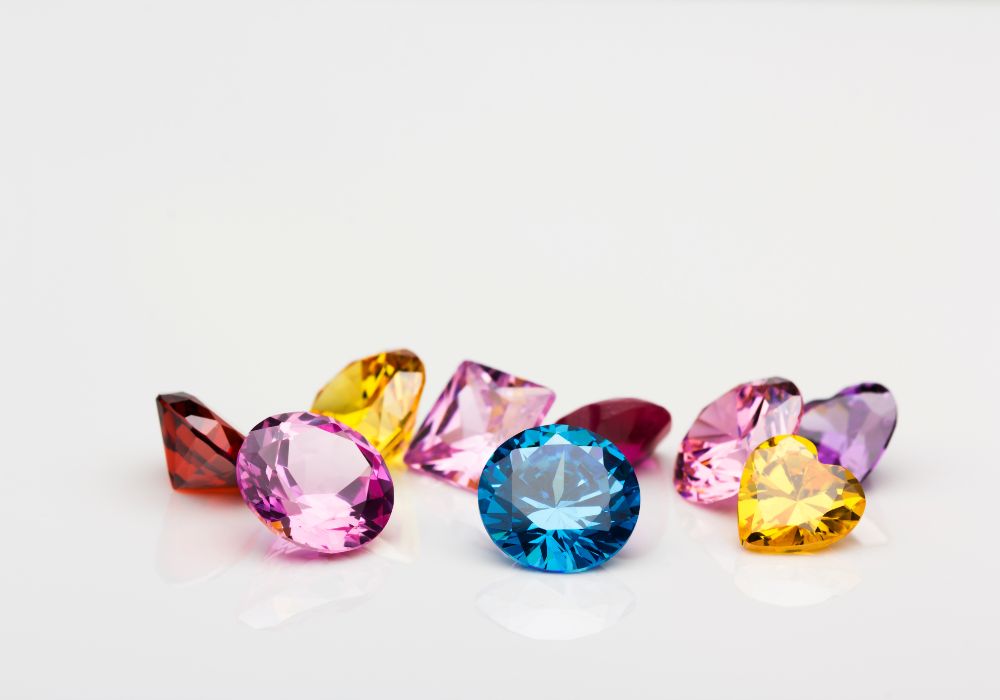
To safely adhere tooth gems using appropriate dental adhesive products, follow these best practices:
Select an Adhesive Designed for Dental Use
Look for niche products marketed by dental suppliers as adhesive systems for tooth jewelry. Reputable options like Light Bond Seal, GemBond, Single Bond dental adhesive, or other similar polymers made for dental use are ideal. Follow all package directions.
Clean and Dry Teeth Thoroughly
Brush and floss well, then rinse your teeth with an antibacterial mouthwash before application. Use gauze to wipe the surface where gems will be placed so no saliva or debris interferes with adhesion.
Isolate Application Area
Consider using dental dams, cheek retractors, or tongue guards to keep oral tissues protected and work on only the intended tooth surface. This prevents accidental bonding elsewhere.
Minimize and Target Adhesive
Use a toothpick, applicator brush, or dental tool to transfer a thin layer of adhesive only to the flat back of the gem, not directly on the tooth enamel. This avoids adhesive interacting with or leaching into oral tissues while providing enough to secure the gem.
Proper Gem Placement
Within 30 seconds after applying adhesive, use dental tweezers to precisely position and press the gem directly onto clean enamel. Hold for at least 30 seconds with light pressure for full bonding.
Allow Time to Set
Give the dental adhesive at least 5-10 minutes to cure and harden completely before eating, drinking, or touching the gemmed tooth. This ensures the bond is strong enough for regular function.
Remove Excess Adhesive
Carefully trim any adhesive that oozes out the edges away from gums or oral tissues using an instrument. Rinse away any debris. Remove any bonding elsewhere like the gums or lips immediately while adhesive is still pliable.
Following professional precautions helps minimize risks when applying tooth gems at home with appropriate dental adhesives. Never allow excess glue to remain in contact with oral tissues.
How Long Do Tooth Gems Applied With Dental Adhesive Last?
Tooth gems adhered properly with dental adhesive typically last:
- 2-5 days with moderate eating, drinking, and oral care. Adhesive bonds weaken over time from exposure to foods and drinks. Careful routine hygiene is important.
- 5-7 days when minimized chewing on the decorated tooth and gently brushing around gems rather than over them directly. Be diligent about oral hygiene habits.
- Up to 2 weeks max is possible but not recommended. Adhesives are intended for temporary wear and begin failing after 10-14 days. Leaving gems on too long raises risks of them coming loose unexpectedly and being swallowed or aspirated.
No dental adhesive keeps gems bonded permanently. Duration depends on eating habits, oral hygiene, and care taken not to bump or dislodge gems prematurely. Most dentists recommend replacing tooth gems with fresh adhesive every 3-5 days for safety and to allow for thorough cleaning and inspection of teeth underneath.
Can You Reuse Tooth Gems?
With proper cleaning and disinfection between uses, tooth gems may be reused 5-10 times. Here’s how to clean them safely:
- After removal, wash gems gently with mild soap and water. Use an old toothbrush or soft-bristled brush to scrub off any remaining adhesive.
- Rinse gems and allow to air dry completely. Moisture encourages bacteria growth during storage.
- Soak gems briefly in an antiseptic mouthwash or denture cleaner solution to disinfect. Isopropyl alcohol also works.
- Store cleaned gems in a sealed container like a plastic bag or lidded case until ready to reuse.
- Inspect gems closely and discard any with cracks, cloudiness or damage that could trap bacteria. Use magnification if needed.
- Prior to reapplying, soak gems in alcohol or antiseptic solution again. Boiling 3-5 minutes also sterilizes.
Avoid reusing old adhesive – always apply fresh glue each use for best results. Limit reuse to 10 times for safety, inspecting closely for damage and sterilizing properly between applications.
How to Remove Tooth Gems Safely
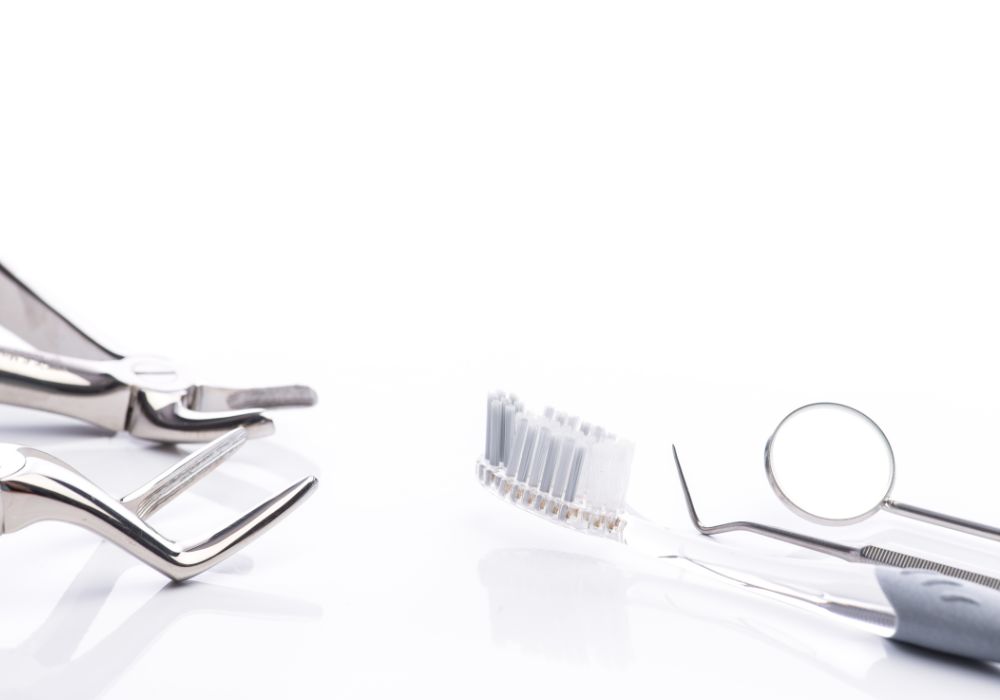
Removing tooth gems properly is critical to avoid damaging enamel or fracturing teeth. Follow these safe techniques:
Use Dental Tools
Have ready dental probes, sharpened toothpicks, floss, or other non-metallic tools to help gently lift gems off teeth. Position carefully under one edge and twist gently. Work slowly around the entire gem.
Apply Removal Gel
Products like Debond or GemSeal Breaker can help weaken adhesive bonds for easier removal. Apply a thin layer around all gem edges and let sit for 2-3 minutes before attempting to pry off with tools.
Avoid Pulling Up Sharply
Do not grasp gems tightly with fingers or tools and pull straight upward. This places concentrated shearing forces on enamel that could chip or crack teeth. Always twist gems off gently.
Stop if Painful
Removal should not cause significant discomfort. Stop attempts and see a dentist promptly if the process becomes painful, which could signal damage. Do not forcefully dig tools under tight gems.
Remove Adhesive Residue
Clean teeth thoroughly after gem removal to eliminate any remaining adhesive. Use a soft brush and water. Adhesive remover gels help breakdown residue. Rinse mouth well afterward.
Seek Professional Help
If a gem becomes very firmly stuck and seems impossible to remove safely at home, promptly visit your dentist for assistance. They have specialized tools and techniques to remove even tenaciously bonded gems without damage.
With care and the proper methods, tooth gems generally can be removed without issue. See a professional rather than forcing gems and risking permanent harm to your smile.
Professional Dental Services for Tooth Gems
While tooth gems can be safely applied at home, visiting your dentist to have them professionally placed offers some advantages:
- Tooth Preparation – Enamel can be professionally etched and primed first to maximize adhesive grip.
- isolation – Dental dams and other devices protect gums and prevent bonding to unintended areas.
- Precision Placement – Experienced dental professionals position gems accurately and cleanly with the ideal bonding location and angles.
- Specialized Equipment – Curing lights, dental lasers, custom fitting tools, and magnifying loupes allow precise, damage-free application.
- Support With Removal – For gems adhered very stubbornly, dentists have specialized tools to remove them without harming enamel.
- Existing Dental Work – Dentists can safely navigate applying gems around existing fillings, crowns, braces, implants and other existing dental work.
- Longer Wear – Professional techniques allow gems to remain bonded longer – up to 4 weeks instead of 2 before replacement is needed.
Visiting a dentist for gem application costs around $30-60 per tooth depending on the oral health fee in your area. It may be worthwhile for larger, more elaborate gems or for extended wear duration.
Important Tooth Gem Precautions
While tooth gems can be fun, take care to minimize risks and keep your natural smile healthy:
- Get any dental decay, damaged restorations, or gum disease treated before applying gems, which could hide underlying issues.
- Clean around gems extremely thoroughly with soft brushes and floss to prevent caries or periodontal infections.
- Avoid chewing hard, sticky, crunchy, or chewy foods with gemmed teeth to prevent dislodging or damage.
- See your dentist immediately for any tooth pain, temperature sensitivity or other problems that could indicate damage.
- Take excellent care not to swallow or aspirate loose gems, which requires emergency care to retrieve.
- Have loose dental work like crowns or veneers recemented before applying gems nearby.
- Remove gems no longer than every 2 weeks to inspect enamel and clean teeth thoroughly.
- See your dentist for cleanings and oral cancer screenings every 6 months.
With some smart precautions, you can safely enjoy the sparkle of tooth gems temporarily. Take steps to prevent damage and keep up excellent oral hygiene.
FAQ About Using Nail Glue for Tooth Gems
Is nail glue toxic if ingested?
Yes, ingesting nail glue could be hazardous and cause throat pain, stomach upset, vomiting, breathing issues or other health problems. The chemicals like cyanoacrylate are not meant to be consumed and can irritate or damage tissues. Seek medical help if any amount is swallowed.
Can you get an infection from using nail glue in your mouth?
It’s possible. The chemicals could interact with oral tissues, causing sores or inflammation that allow bacteria to enter and trigger a localized infection in the gums or tongue. Nail glue also provides an attachment surface for microbes.
Does nail glue damage enamel permanently?
Applying gems with nail glue risks permanent damage to enamel that can’t be reversed. The rigid bonds could lead to cracks, chipping or loss of enamel layers when removing gems. Even microscopic enamel loss weakens teeth and makes them more prone to decay.
How do you get nail glue off your teeth?
There are no easy, safe methods to remove nail glue from teeth at home. The bonds are too rigid to gently pry gems off with dental tools without risking harm to enamel. Soaking in acetone or other solvents is dangerous. See a dentist for specialized removal that avoids permanent damage. Don’t attempt removal yourself.
Can you use eyelash glue instead of dental adhesive on your teeth?
No. Like nail glue, eyelash adhesives contain chemicals like cyanoacrylate that are not formulated or tested for use in the mouth. These household glues risk burns, irritation, gum damage, enamel loss upon removal, and other harm. Only use a non-toxic dental adhesive made for gems.

